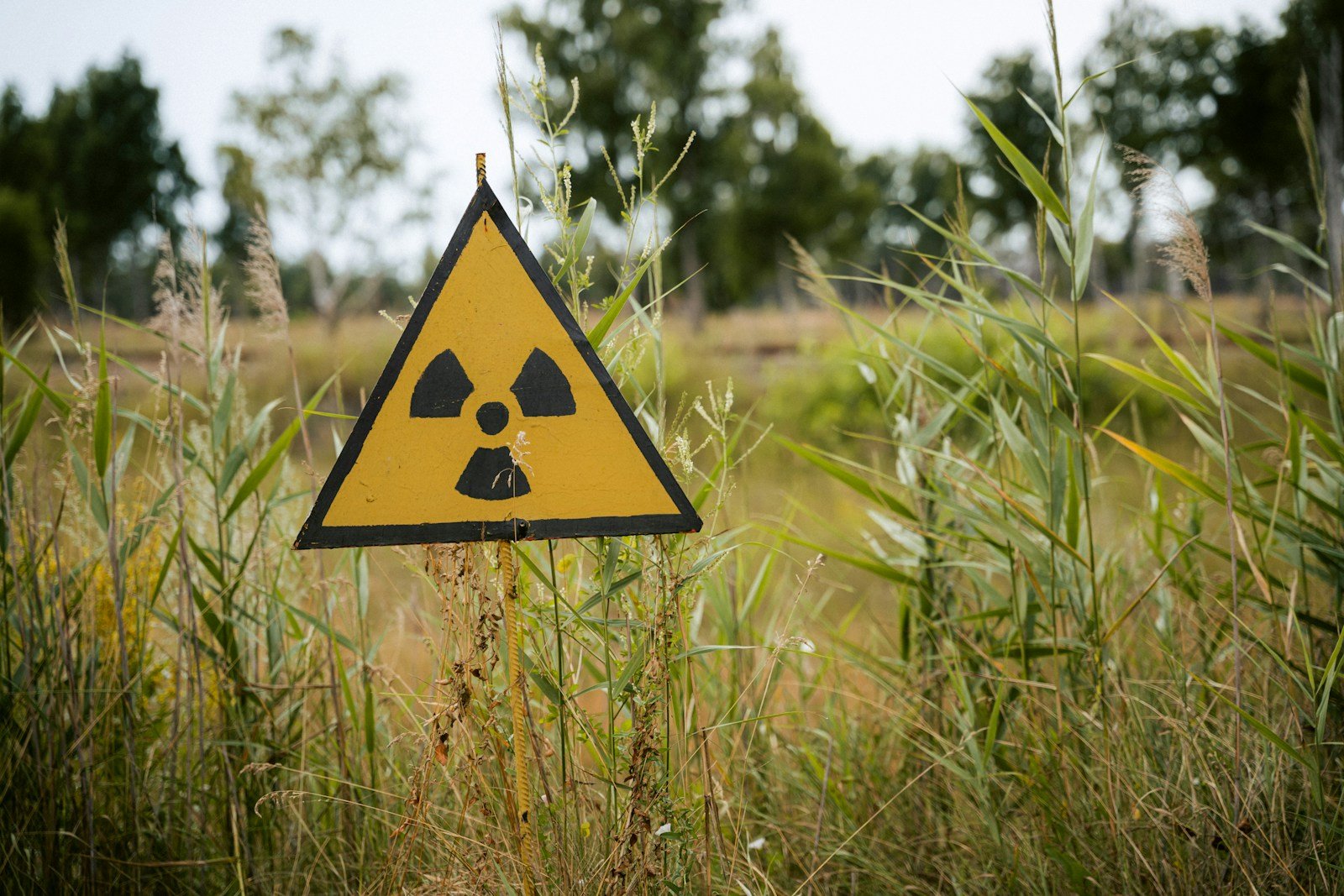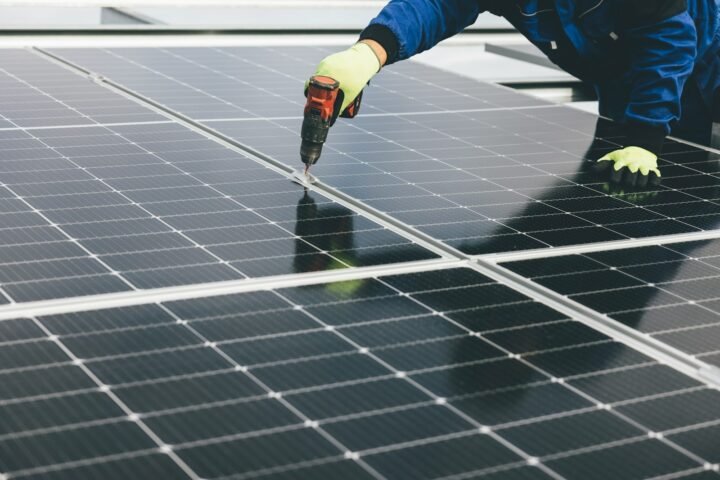From Union of Concerned Scientsts
Summary
- Small Modular Nuclear Reactors (SMRs) are being promoted as a solution to the climate crisis, but their economic viability, safety, waste management, reliability, and fuel efficiency are all questionable.
- Despite claims from the nuclear industry, SMRs are not more economical than large reactors, do not offer enhanced safety measures, do not solve the issue of radioactive waste disposal, cannot reliably provide off-the-grid power, and do not use fuel more efficiently.
- Proponents of SMRs overlook these critical drawbacks, pushing a potentially misleading narrative that fails to address key concerns regarding the widespread adoption of SMRs as a viable solution to combat climate change.
Even casual followers of energy and climate issues have probably heard about the alleged wonders of small modular nuclear reactors (SMRs). This is due in no small part to the “nuclear bros”: an active and seemingly tireless group of nuclear power advocates who dominate social media discussions on energy by promoting SMRs and other “advanced” nuclear technologies as the only real solution for the climate crisis. But as I showed in my 2013 and 2021 reports, the hype surrounding SMRs is way overblown, and my conclusions remain valid today.
Unfortunately, much of this SMR happy talk is rooted in misinformation, which always brings me back to the same question: If the nuclear bros have such a great SMR story to tell, why do they have to exaggerate so much?
What are SMRs?
SMRs are nuclear reactors that are “small” (defined as 300 megawatts of electrical power or less), can be largely assembled in a centralized facility, and would be installed in a modular fashion at power generation sites. Some proposed SMRs are so tiny (20 megawatts or less) that they are called “micro” reactors. SMRs are distinct from today’s conventional nuclear plants, which are typically around 1,000 megawatts and were largely custom-built. Some SMR designs, such as NuScale, are modified versions of operating water-cooled reactors, while others are radically different designs that use coolants other than water, such as liquid sodium, helium gas, or even molten salts.
[...]
Read the full post at Union of Concerned Scientsts.





